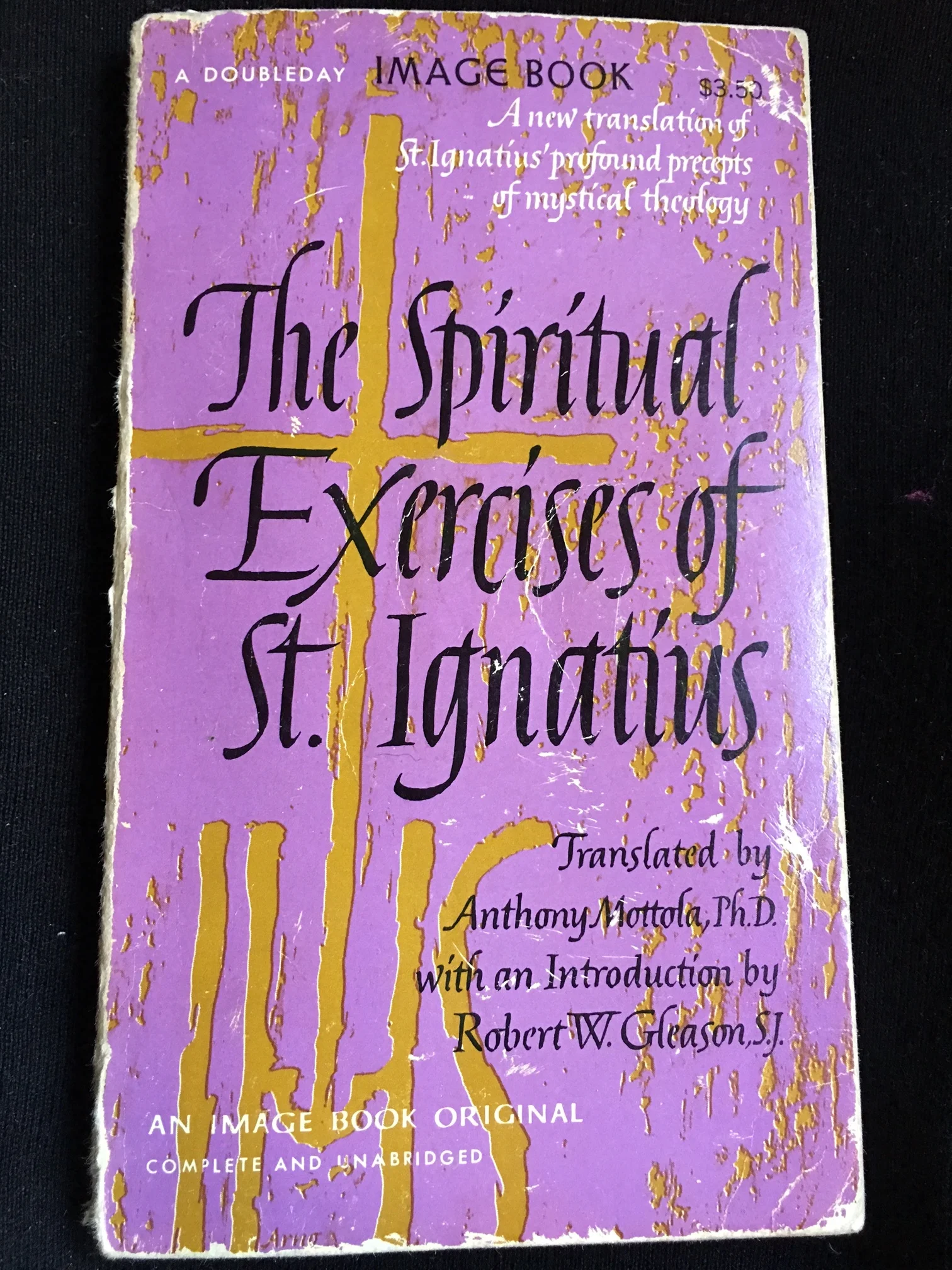Buechner: Best teacher, Muilenburg
“There was no one on the faculty who left so powerful and lasting an impression as James Muilenburg…. With his body stiff, his knees bent, his arms scarecrowed far to either side, he never merely taught the Old Testament but was the Old Testament. He would be Adam, wide-eyed and halting as he named the beasts "You are . . . an elephant . . . a butterfly . . . an ostrich! "or Eve, trembling and afraid in the garden of her lost innocence, would be David sobbing his great lament at the death of Saul and Jonathan, would be Moses coming down from Sinai..” Frederick Buechner, Now and Then, The Frederick Buechner Center, Frederick Buechner Quote of the Day
Buechner’s professor seems to have practiced Ignatian spirituality, taking his students and himself into the story of scripture. It is true we can make a fool of ourselves if we do it as an act or performance, for we will soon be found out. On the other hand, if it is a real and honest journey, we can travel in time and find ourselves back in the scripture with a different understanding than when we are just intellectualizing the story in our head.
At the front of the refectory at the College of Preachers at the National Cathedral, in stain glassed was written, “if you do not dramatize the message, they will not listen.” You can see this from many angles, but what it came to mean to me was that my job as preacher was to help those in the congregation “experience” the scripture, usually the gospel. My experience was I could best do this by taking myself and all who would like to make a journey into the story, be one of the characters, feel his feelings, know his hopes and fears, his frustrations, his loves, his passions, his humanness. The same is true for advice to spiritual friends whose study of scripture has become stale. It is hard to become dry when we actually go into a story in scripture and become a part of it. We will hear voices we have never heard before.
I was first exposed to this Ignatian exercises and this method of studying scripture in a small purple book, The Spiritual Exercises of St. Ignatius in the Image Classics. I know there are now so many more. A friend recommends the Jesuit Guide to Almost Everything by James Martin, SJ.
Joanna joannaseibert.com


